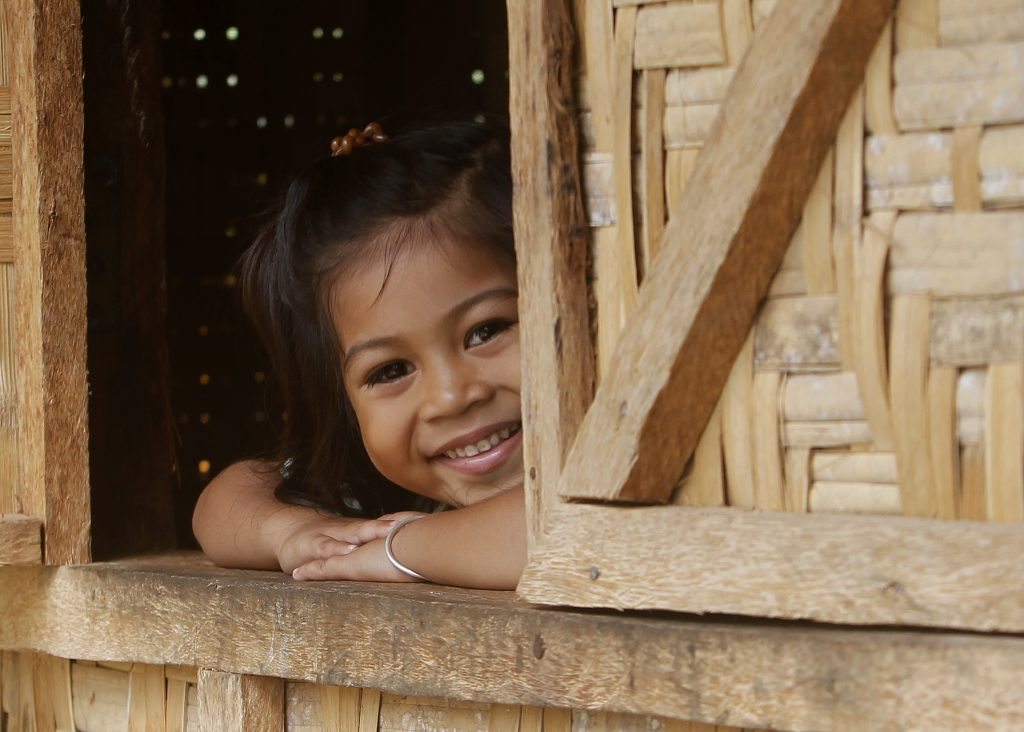The regional perspective
In 2010, for the first time in human history, urban inhabitants outnumbered rural inhabitants globally. It is predicted that the fastest rates of urbanization will take place in China, South-East Asia and South Asia, with cities absorbing two million new urban residents every month and projections that built-up areas will triple in the coming two decades.
More than 1 billion people today live in appalling conditions in urban areas and their numbers are growing. And it is mostly this population – whose basic needs are not always provided for – that is at most risk from cyclones, floods, earthquakes, infectious diseases, crime, fires, and transport and industrial accidents.
A disaster-prone urban future can be avoided. But as the world’s population becomes increasingly concentrated in large cities, we are seeing an urbanization of disasters and disaster risk. This presents rapidly evolving challenges for international agencies, NGOs, and central and local governments in how they approach disaster response in an urban setting, particularly in low-income countries where endemic poverty underpins vulnerability to disaster events. Nonetheless, there are cities where disaster risks have been dramatically reduced as the proportion of the population living in homes and neighbourhoods with basic infrastructure and services has increased rather than decreased, and where local governments have learned to map disaster risk and to act on it in partnership with local communities.
Guiding Documents
- Climate change and urbanization – Background paper, prepared for 9th Asia Pacific Regional Conference of the Red Cross and Red Crescent, Beijing, China, 2014
- Programmatic directions for the Red Cross and Red Crescent in building urban community resilience in the Asia Pacific Region
- Urban Disaster Management Workshop Report 2014
- Building Urban Resilience Workshop Results 2013
- Gender and diversity for urban resilience: An analysis
Regional Lessons Learned Workshop on DIPECHO Actions in Southeast Asia | 7-8 December 2017 | Bangkok, Thailand
7 December , 2017 8:00 am - 8 December , 2017 5:00 pm UTC+7Lao Red Cross Youth in School Safety Facilitators Training | 25-28 July 2017 | Vientiane, Lao PDR
25 July , 2017 8:00 am - 28 July , 2017 5:00 pm UTC+7Training on Participatory Development of Multi-Disaster Risk Map using QGIS | 21-23 March 2017 | Viet Nam
21 March , 2017 - 25 March , 2017National Workshop on KAP Survey Result Sharing | 21 Feb 2017 | Vientiane, Lao PDR
21 February , 2017National Orientation Workshop on KAP Baseline Survey | 14 January 2017 | Lao PDR
14 January , 2017
e-mail: Hung Ha Nguyen, Disaster Risk Management Delegate, Hungha.nguyen@ifrc.org
![]()



